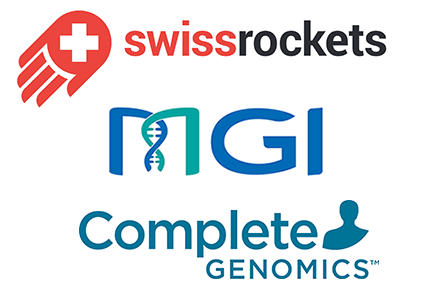MRD became a buzzword in the field of precision oncology in May. MRD, or Minimal Residual Disease, refers to residual cancer cells or related biomarkers in the body of a cancer patient after treatment, but the number of remaining cancer cells may be so low that they are easily missed through traditional methods (e.g., microscope observation or abnormal protein in blood, etc.). It is also considered to be the root cause of cancer recurrence. ctDNA is the most used biomarker for detection of solid tumors. ctDNA-MRD is regarded as an emerging area for innovation in cancer diagnostics and treatment after companion diagnostics and early screening. Various companies have started to set foot in the prospective oncology market.
The clinical applications of ctDNA-MRD in solid tumors have shifted from efficacy assessment and recurrence monitoring for patients in middle and late stages, to postoperative (neo)-adjuvant treatment guidance and prognosis assessment for patients in early and middle stages. Results of multi-center prospective studies in patients with NSCLC have already been published.
In November 2021, the team of Professor Liu Lunxu from West China Hospital of Sichuan University, in collaboration with several hospitals and Genecast Biotechnology Co., Ltd, released the research results of LUNGCA-1 (330 patients with stage I-III NSCLC). The data showed that perioperative ctDNA within one month can be used as biomarker for prediction of postoperative relapse and early detection of MRD. Also, ctDNA-MRD positivity after perioperative period is an independent risk factor for RFS shortening in patients, and ctDNA-MRD status was associated with the outcome of adjuvant therapy. In MRD positive patients, adjuvant therapy can improve patients’ recurrence-free survival (RFS).
On May 14, the results of a large-scale prospective study of MRD in lung cancer patients jointly carried out by the team of Professor Wu Yilong in collaboration with Guangdong Provincial People’s Hospital and Geneplus-Beijing Institute, were published in the top international journal Cancer Discovery. This study has for the first time defined potentially cured population with the ultra-high negative predictive value of MRD in dynamic monitoring. The results showed that the postoperative MRD-negative population could not benefit from adjuvant therapy, and clarified that the presence of preoperative nonshedding tumor did not affect postoperative MRD monitoring. The study also explored the high-risk period (12-18 months postoperatively) for conversion to the MRD positive status in patients with stage II/III lung cancer.
In early May, the FDA released the draft guidance for industry entitled “Use of Circulating Tumor DNA for Early-Stage Solid Tumor Drug Development,” which is intended to help sponsors planning to use circulating cell-free plasma derived tumor deoxyribonucleic acid (ctDNA) as a biomarker in cancer clinical trials conducted under an investigational new drug application (IND) and/or to support marketing approval of drugs and biological products for treating solid tumor malignancies in the early-stage setting. With the further standardization of assay procedures, this makes it possible for ctDNA to be a patient stratification factor or even an early endpoint in clinical trials.
Currently, ctDNA-MRD is divided into two completely different technical routes: “tumor-informed assays” (performing whole exome sequencing on tumor tissues, and then selecting a set of variants to track and design a customized ctDNA panel) and “tumor-naïve/agnostic assays” (usually using a fixed panel, with design focusing on cancer driver genes and targeted specific genes, often combined with multi-omics approaches like methylation for detection)”. Both methods have their own unique advantages, and commercial products have also been launched. In addition, as detection companies dig deeper into the molecular characteristics of tumors (e.g. lung cancer, colorectal cancer, liver cancer, etc.) in the Chinese population, a fixed panel (Population-based Panel) is increasingly used as a regime for companion diagnostics of tumor tissues in clinical settings and ctDNA-MRD monitoring. The above-mentioned clinical studies initiated by Genecast Biotechnology and Gene+ have adopted similar technical regimes, and sequencing analysis can be done with DNBSEQ-400* and DNBSEQ-T7*.
Due to its outstanding advantages on low duplication rate and high utilization rate of effective data, MGI's DNBSEQ™ technology* is especially suitable for high-depth sequencing and analysis of samples with relatively low concentration and complex background such as peripheral blood and ctDNA. It can further make sequencing economically affordable, reduce financial burden due to repeated tests, and contribute to the popularization of MRD testing. In addition, MGI's DNBSEQ™ techonology* provides a complete solution based on “WES+ Customized Panel.” To date, MGI's DNBSEQ™ techonology* has achieved full adaptation to mainstream WES products on the market. Another core technology, ATOPlex Platform, can enable the entire process from tumor tissues WES, personalized Panel design and ordering (gene locus online submission - automated design - standardized production - quality inspection and delivery) to ctDNA-MRD monitoring.
MGI's DNBSEQ™ technology* empowers partners in the ecosystem to develop innovative products. MGI is also committed to working with partners to promote the clinical use and popularization of ctDNA-MRD together. On May 19, Genecast Biotechnology and MGI jointly held the first online session in South China of a series of expert seminars on precision therapy. Experts in the field of thoracic surgery and lung cancer from several hospitals in Guangdong and Guangxi provinces held discussions on the LUNGCA-1 study and clinical value of ctDNA-MRD detection in decision-making of postoperative treatment for patients with lung cancer. Experts focused on “how to screen stage I NSCLC patients for MRD detection,” “how to balance the value of transition detection and patient detection,” and other topics. While recognizing the value of MRD, they also look forward to the emergence of new clinical research results and evidence to help improve the survival benefits for cancer patients.
*Unless otherwise informed, StandardMPS and CoolMPS sequencing reagents, and sequencers for use with such reagents are not available in Germany, USA, Spain, UK, Hong Kong, Sweden, Belgium, Italy, Finland, Czech Republic, Switzerland, Portugal, Austria and Romania.



 Sequencer Products: SEQ ALL
Sequencer Products: SEQ ALL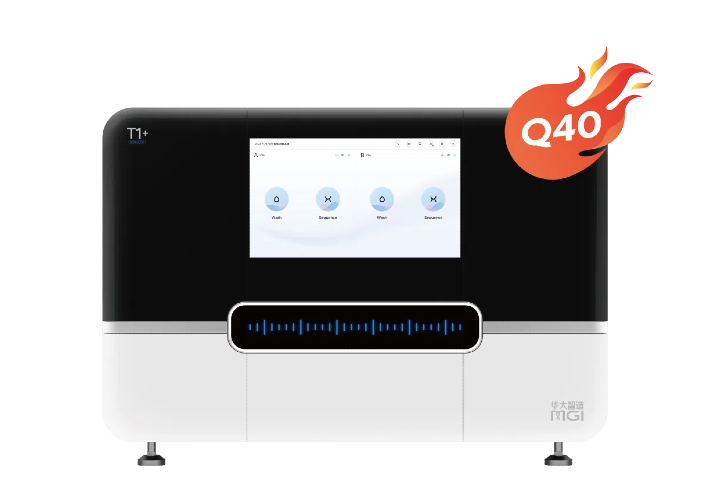
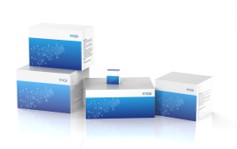

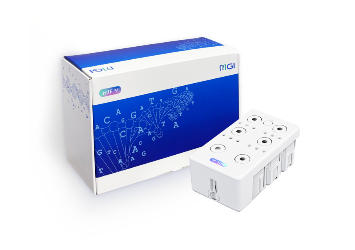
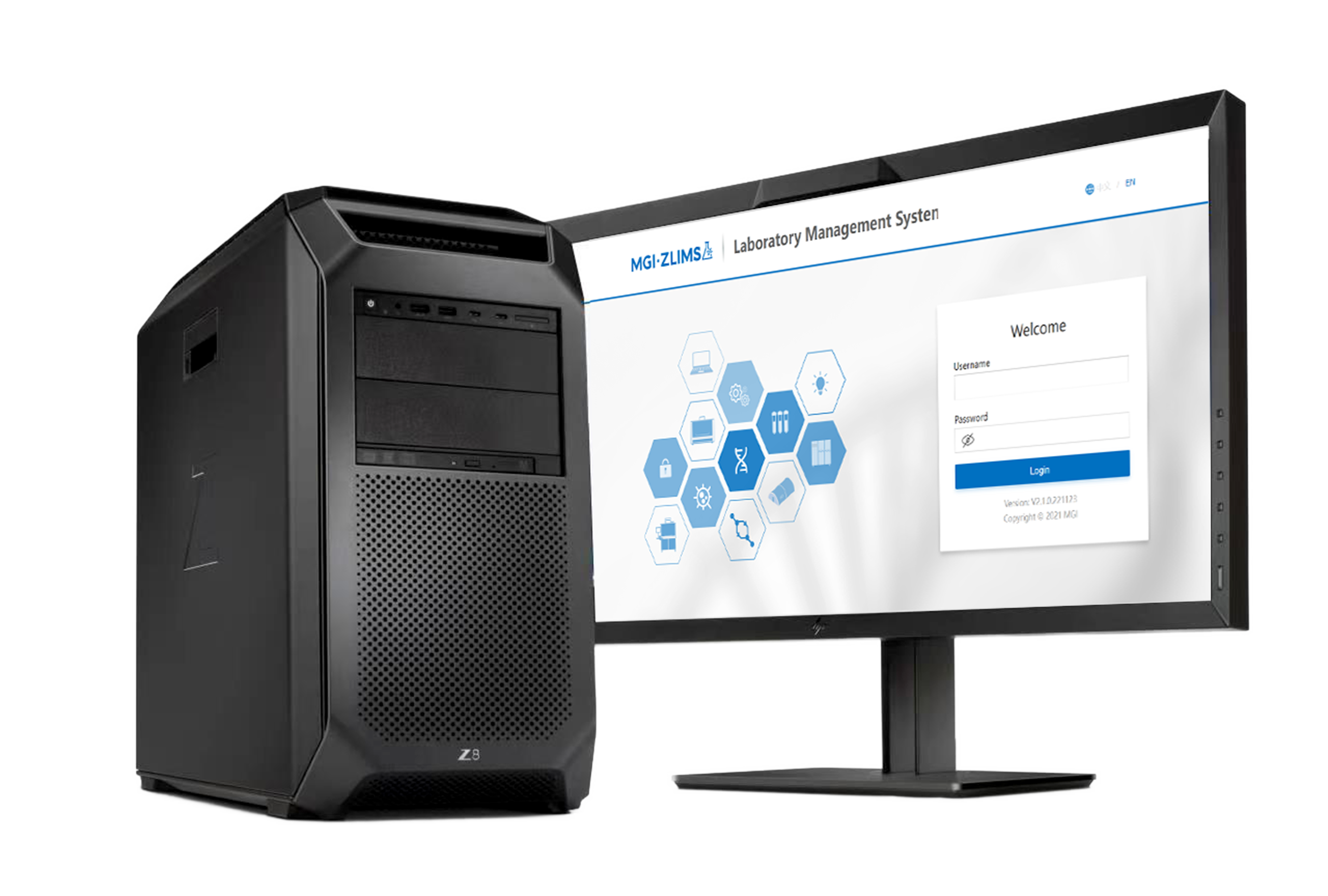
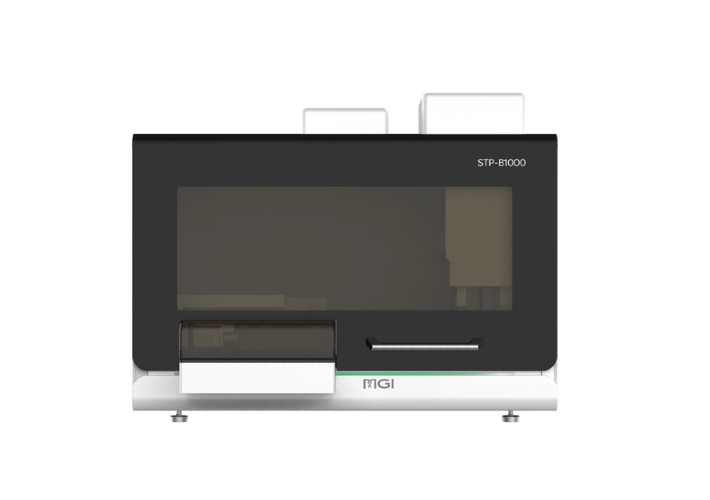
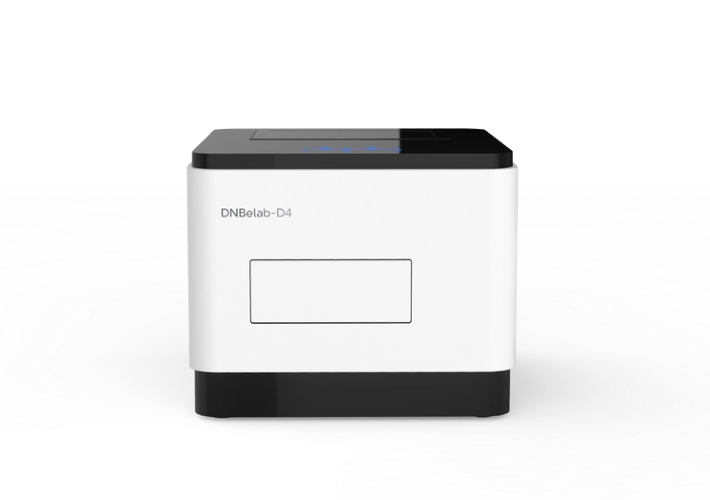
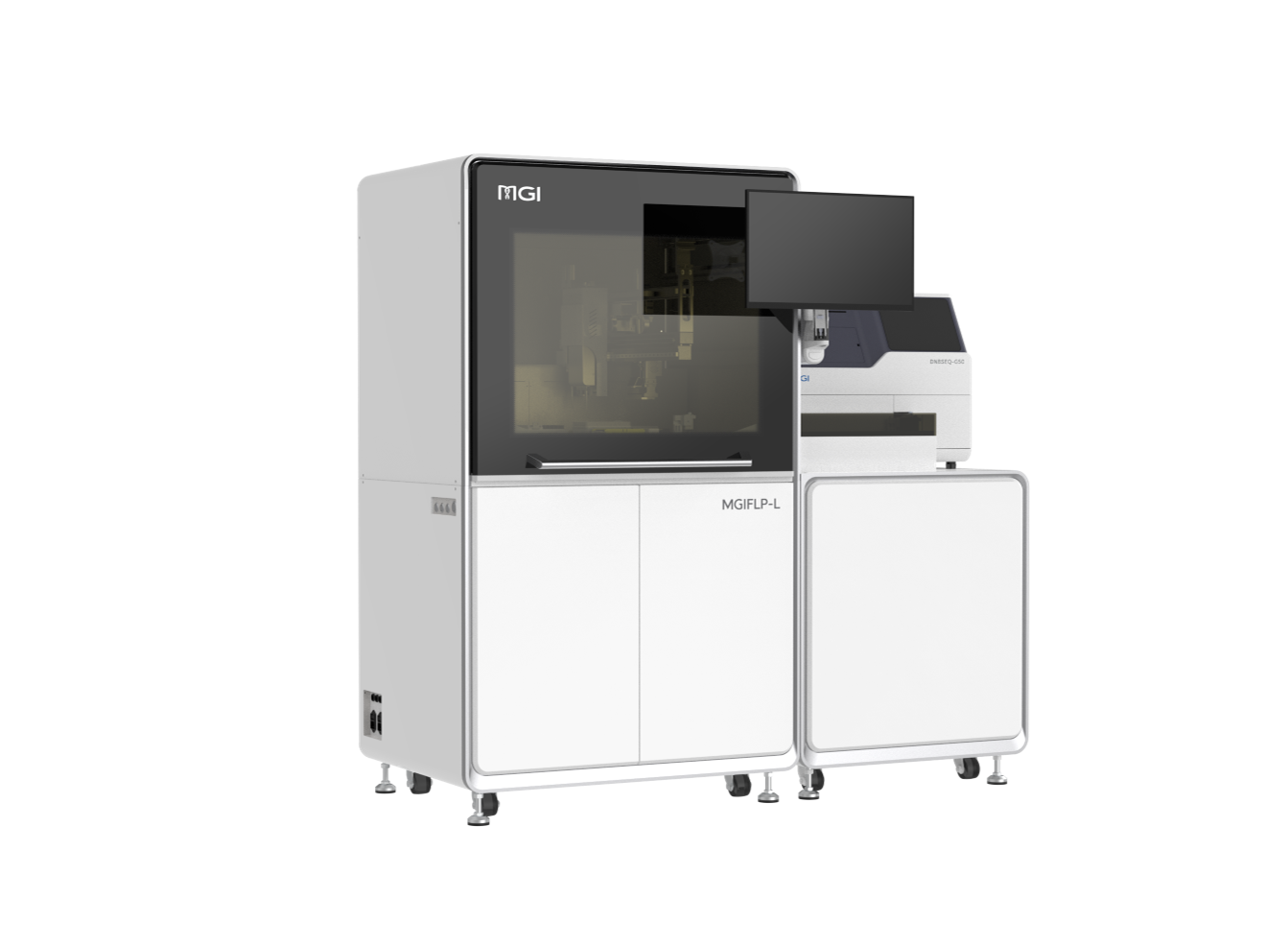
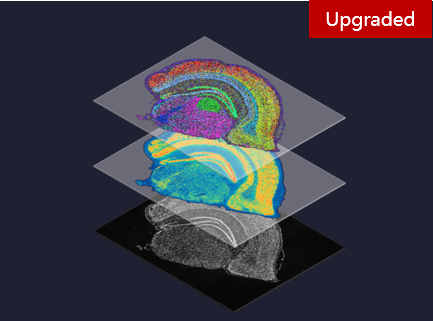
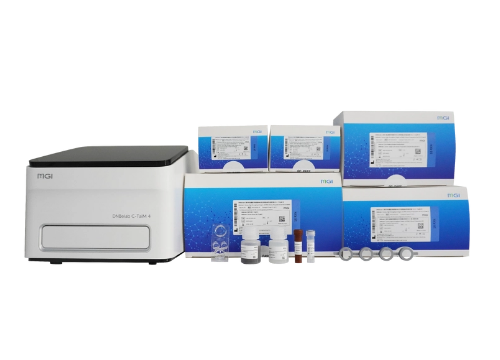
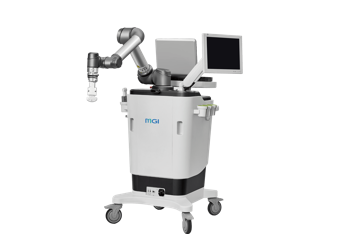
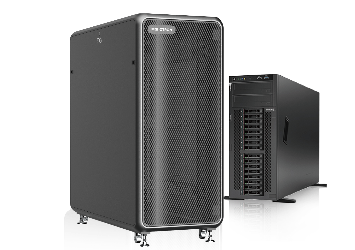
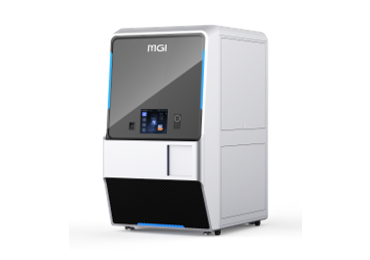
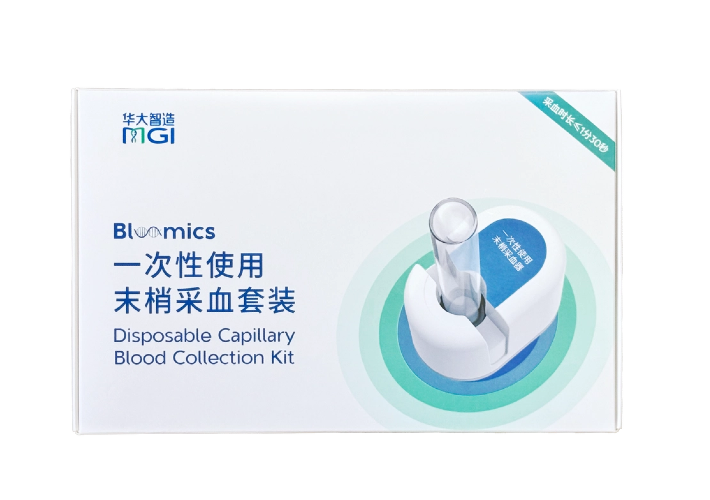


 Technologies
Technologies Applications
Applications Online Resources
Online Resources Data Bulletins
Data Bulletins Service & Support
Service & Support Global Programs
Global Programs Introduction
Introduction Newsroom
Newsroom Doing Business With Us
Doing Business With Us Creative Club
Creative Club










